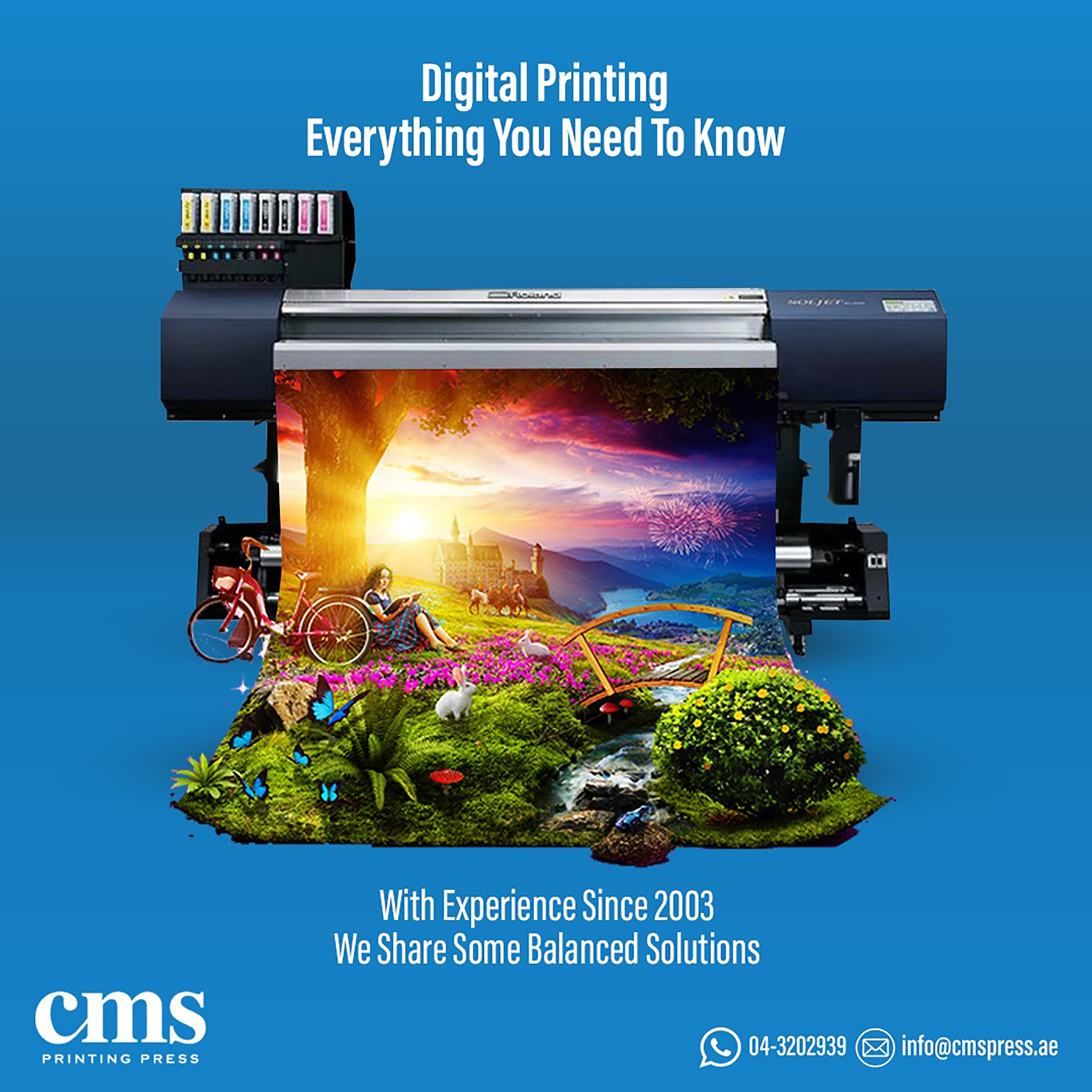Eco-conscious brands are exploring sustainable ways to do print on demand.
Eco-conscious brands are exploring sustainable ways to do print on demand.
Blog Article
Understanding Exactly How Digital Printing Revolutionizes the Printing Market
The printing sector, long steeped in standard approaches, is undergoing a radical makeover with the advent of digital printing. This cutting-edge technology, which avoids the requirement for publishing plates, enables rapid production and modification, improving the landscape of print communication. With its potential to spur involvement via personalized content and to provide lasting remedies, it's clear that electronic printing is more than a technological advancement; it's an essential video game changer. Yet just how exactly does it reinvent the sector? Let's explore.
The Evolution of Digital Printing: A Brief Review
Given that its beginning, electronic printing has undergone substantial makeovers, consistently reinventing the printing market. Its development started with the growth of xerography in the mid-20th century, a procedure which laid the groundwork for laser printers. With the arrival of the 90s, electronic printing innovation began to grow, and the market saw the intro of straight imaging presses, which eliminated the demand for publishing plates. As the new millennium unravelled, improvements in technology better stimulated the growth of electronic printing, resulting in the production of high-speed inkjet printers. These gadgets provided premium high quality and speed, permanently changing the landscape of the sector. Today, digital printing stands as a testimony to human development, continually progressing to fulfill the ever-changing requirements of the modern globe.

Unpacking the Modern Technology Behind Digital Printing
Delving into the ins and outs of digital printing innovation, one comes across an abundant tapestry of advanced machinery and facility formulas. At the heart of this process lies an electronic photo, which is processed by software application that separates it right into a grid of dots. This intricate system, boosted by innovative software and high-resolution imaging, has transformed the landscape of the printing market, leading the means for unprecedented levels of detail and accuracy.

The Benefits of Digital Printing for Services
Understanding the modern technology behind electronic printing gives a clear image of its accuracy and detail. Digital printing is environmentally pleasant, making use of much less ink and creating less waste. The complete possibility of electronic printing is recognized when used for modification and customization, a subject that will be more helpful hints covered in depth in the following section.
The Role of Digital Printing in Modification and Personalization
While typical printing techniques fight with modification and personalization, electronic printing stands out in these areas. It enables the simple modification of designs, without the demand for costly and time-consuming plate adjustments (print on demand). This allows companies to customize items to individual consumers, meeting specific demands and improving customer complete satisfaction
Digital printing also permits for variable data printing, where components such as text, graphics, and photos may be transformed from one printed piece to the following, without reducing the printing procedure. This is especially beneficial for direct advertising and marketing campaigns, where individualized messaging can considerably enhance action prices. By doing this, electronic printing not just transforms the printing market yet also transforms the way companies interact with their clients.
Evaluating the Environmental Effect of Digital Printing
Although electronic printing has actually been admired for its role in personalization and customization, it is critical to examine its environmental impact. Digital printing can be less inefficient than typical approaches, because it operates on a 'print as needed' basis, getting rid of the requirement for big print runs that can cause excess and waste. In addition, it makes use of less chemicals and generates much less volatile organic compounds (VOCs) contrasted to offset printing. The energy use of electronic printers can be high, leading to raised carbon impact. In addition, the usage of non-recyclable printing parts and the obstacle of e-waste monitoring present considerable environmental issues. While electronic printing has numerous advantages, its ecological effect Read Full Report must be diligently taken care of.
Conclusion
Finally, electronic printing has changed the printing industry, supplying fast, cost-effective, and high-grade options. It facilitates modification, enhancing consumer engagement, and uses a sustainable print-on-demand design. As this technology continues to advance, its effect on organization communication, consumer fulfillment, view website and ecological sustainability ends up being significantly profound. Comprehending these adjustments is important for organizations to take advantage of the advantages of digital printing properly.
Report this page